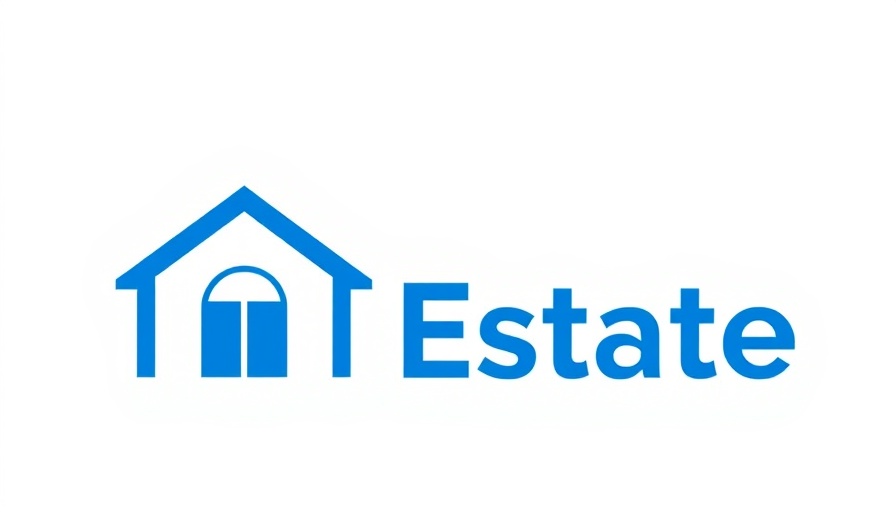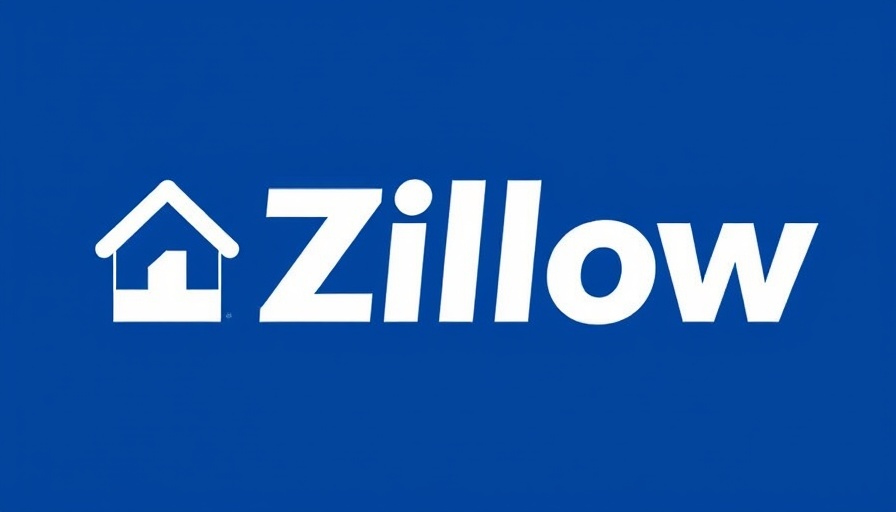
New Market Balance: What It Means for Buyers and Sellers
The real estate market in the United States is experiencing a dramatic shift as inventory levels soar to a five-year high. According to recent data from Zillow, June 2025 saw a remarkable 1.36 million homes listed for sale, the most since November 2019. The dynamics are changing, creating a more balanced situation between buyers and sellers in many regions.
Understanding the Inventory Surge
More homes for sale indicates a response to earlier tight market conditions where buyers struggled to find available properties. Slower buyer demand is also a factor contributing to this surge. Sellers are now returning to the market alongside an uptrend in new construction, making it easier for buyers to find homes that meet their needs without the intense competition previously felt.
Price Cuts: A Record High
One significant indicator of this changing market is the rising number of price cuts. A record-high 26.6% of homes listed for sale reduced their prices in June. This rate is particularly noticeable in the Sun Belt and Mountain West regions, which saw substantial price increases in the past few years. The trend of pricing adjustments shows sellers are more eager than ever to attract buyers, differentiating their listings from others on the market.
First-Time Homebuyers and Affordability Challenges
While buyers overall gain more negotiating power, affordability remains a major issue. The current market shift favors those with better purchasing power, which often excludes first-time buyers who find themselves still grappling with high prices and mortgage costs. Experts caution that the balance achieved may still benefit wealthier buyers more significantly until more reasonable conditions prevail for all buyers.
Implications for Homebuyers
This new environment offers several advantages for homebuyers. They can expect a wider selection of homes, the luxury of time to make decisions, and increased bargaining capabilities compared to previous years. In most markets, homes are selling in approximately 19 days, just one day quicker than pre-pandemic averages, granting buyers a bit more breathing room.
The Changing Landscape of the Housing Market
The market's heat index reveals a stark change, with 22 of the 50 largest metropolitan areas now categorized as neutral markets—where neither buyers nor sellers dominate. This is a significant shift from just eight such markets a year ago. Looking ahead, Zillow forecasts that by the end of the year, inventory levels may reach pre-pandemic figures, further facilitating a balanced market that better serves potential homeowners.
Conclusion: Navigating the New Landscape
The ongoing transformation of the housing market signals a new chapter for both buyers and sellers. Whether you're considering buying your first home or strategically pricing your current one, staying informed about market trends is more essential than ever. Embrace this moment as an opportunity to explore the options available to you, whether you're ready to buy, sell, or simply learn more about the evolving landscape of real estate.
 Add Row
Add Row  Add
Add 




Write A Comment